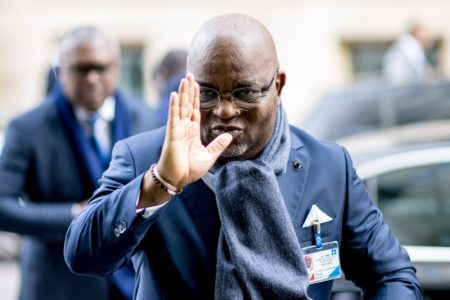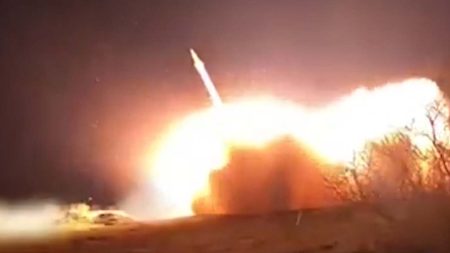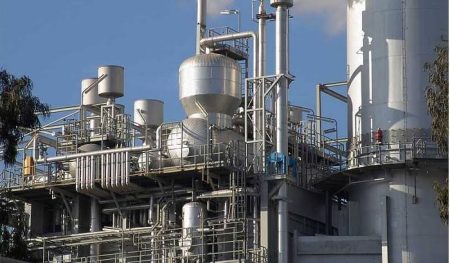
Kunle Kalejaye
27 September 2016, Sweetcrude, Lagos — The initial finance model for Nigeria Liquefied Natural Gas, NLNG trains 1 and 2 called Base Project was done by its shareholders at the cost of $3.6 billion. However, as the NLNG expanded its operations via increased production and shipping services, the financing model evolved.
NLNG shareholders include Nigeria’s Federal Government represented by Nigerian National Petroleum Corporation, NNPC with 49 percent stake, Shell with 25.6 percent stake, Total LNG Nigeria with 15 percent stake, and Eni with 10.4 percent stake.
According to available data, NLNG’s third train which is also called ‘Expansion Project’ including additional tankage, cost $1.8 billion. The financing was done similar to that of the Base Project. Besides the equity injection by the shareholders, data revealed that revenue and surpluses from the Base Project were re-invested in the Expansion Project.
However, much of the cost of the new NLG tankers was borne by third-party financiers. When the loan was secured in 2002, it represented the single largest lending to an industrial complex in sub-Saharan Africa at the time.
Trains 4 and 5 also known as NLNGPlus project cost $2.2 billion excluding the cost of ship acquisition. NLNGPlus project was funded with a combination of internally generated revenue and third party loans amounting to $1.06 billion.
According to available data, the third party loans comprised of four Export Credit Agency, ECA guaranteed international commercial banks loans totalling $620 million, an uncovered international bank loan of $180 million, an uncovered Nigerian commercial bank loan of $160 million and an African Development Bank facility of $100 million.
The ECA includes US EXIM, ECGD, SACE, Gerling NCM, provided a guarantee for a group of 19 international banks led by BNP Paribas, Citigroup, Credit Lyonnais, MCC, and West LB.
The ECA-backed facilities as well as the African Development Bank facility were said to have eight-year tenure and have been fully repaid as at December 15, 2010, with a $20 million short-term policy holders financing remaining in place.
For Train 6, Final Investment Decision was taken in July 2004 for the sum of $1,748 million, funded principally from internally generated funds. NLNGSix start up was December 14, 2007, and production commenced on 23 December 2007.
Financing of NLNG ships
In 1990 NLNG raised a third party loan of $132 million through Citibank to buy four ships for Trains 1 and 2 projects. Although the ships were built for another company but not put use, were refurbished and put into interim business until and put into interim business until the plant began operations.
Sequel to the Third Train Expansion, three vessels (LNG Rivers, Sokoto and Bayelsa) was acquired by Bonny Gas Transport Limited and their construction was partly funded with third party financing.
It was gathered from NLNG 2016 Facts and Figures booklet that LNG Rivers and Sokoto were financed with $160 million syndicated loan which was signed on December 20, 1999. Credit-Suisse First Boston was the lead arranger for the facility for which repayment started in 2002 following the delivery of the second vessel.
The booklet also revealed that the third external debt in connection with BGT fleet was the loan inherited from the acquisition of two ex-Lachmar ships (LNG Edo and LNG Abuja) from NLNG on August 1, 2001, when the outstanding debt stood at $210 million.
In September 2001, it was gathered that another syndicated bank loan for $100 million was arranged to assist with the construction of LNG Bayelsa which Credit-Suisse First Boston played the lead role and was delivered in February 2003.
For Trains 4 and 5 also known as NLNGPlus project, Hyundai Industries and Daewoo Shipyard built the eight additional ships needed for the project. Of the eight vessels, it was gathered that BGT owns four while others were chartered from Bergesen d.y. of Norway. It was also gathered that BGT raised $460 million in March 2003 to partly fund the construction of the vessels.
The fund was arranged by ABN AMRO Bank, Credit Lyonnais, Fortis, ING Bank, HVB, Verein und Westbank and West LB. The balance of $282 million came from internally generated revenue and shareholders’ funds.
BGT as gathered refinanced all the foregoing third party facilities in 2006 with a $680 million facility through Standard Chartered Bank and was secured against seven of the vessels in BGT’s fleet.
Six vessels were built and delivered at the combined cost of $957 million on long-term charter to NLNG for Train 6.
The vessels were said to b built at Daewoo Shipyard and Samsung Shipyard in South Korea while four of the vessels were chartered from BW GAS Asa of Norway and Two from NYK LNG (Atlantic) Ltd of Japan.



